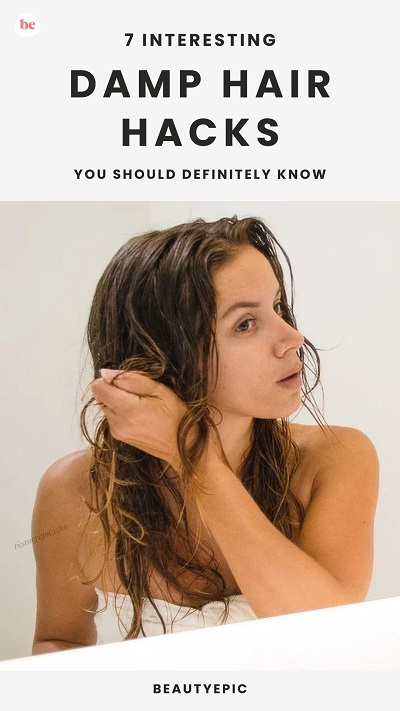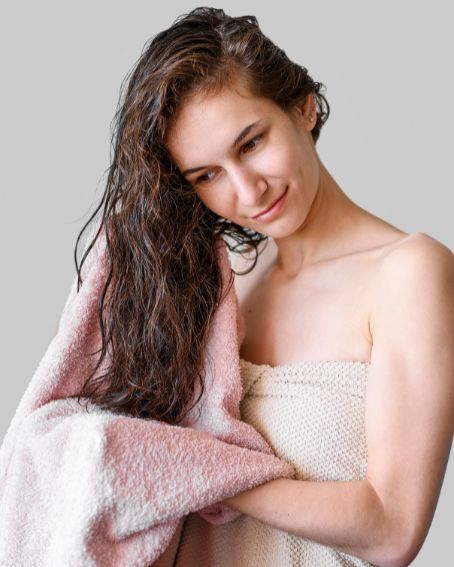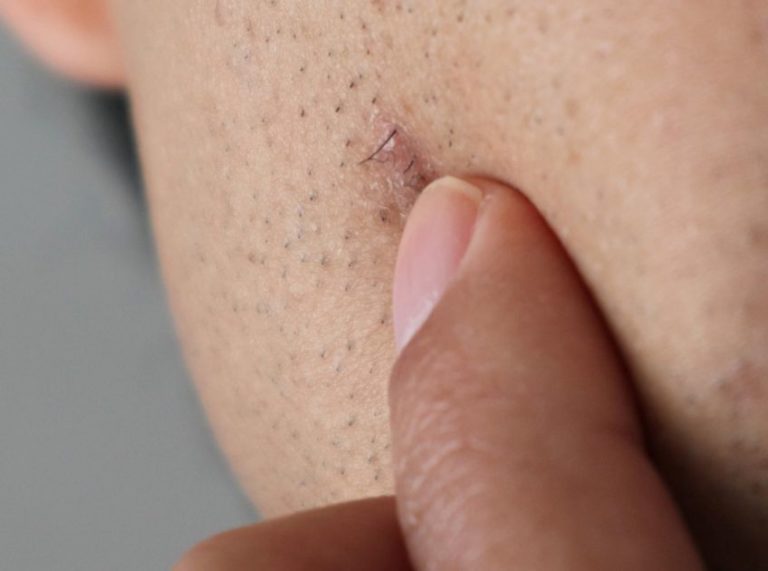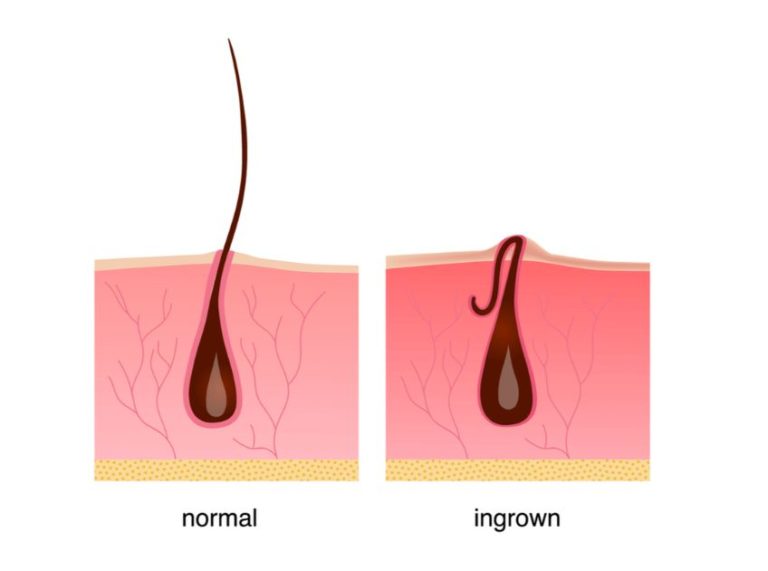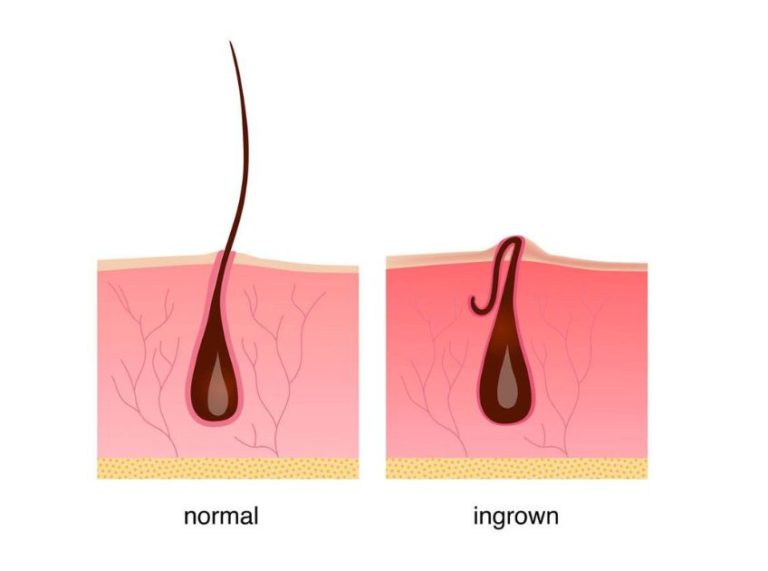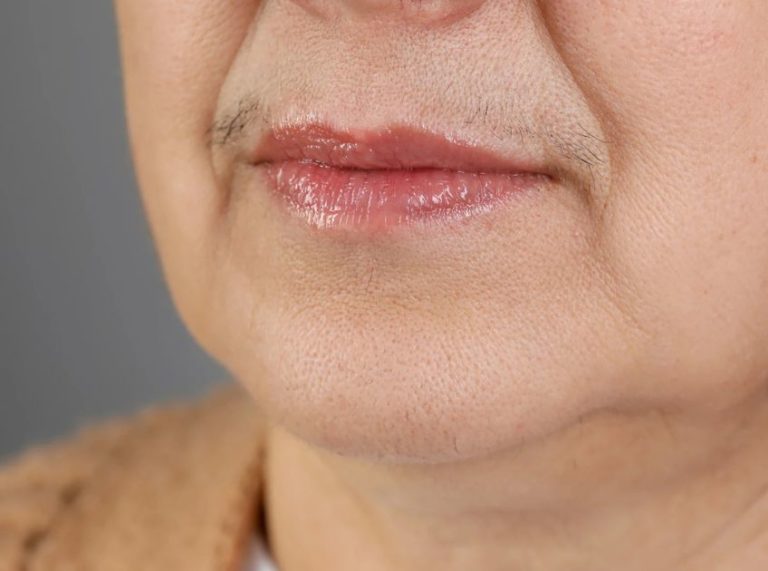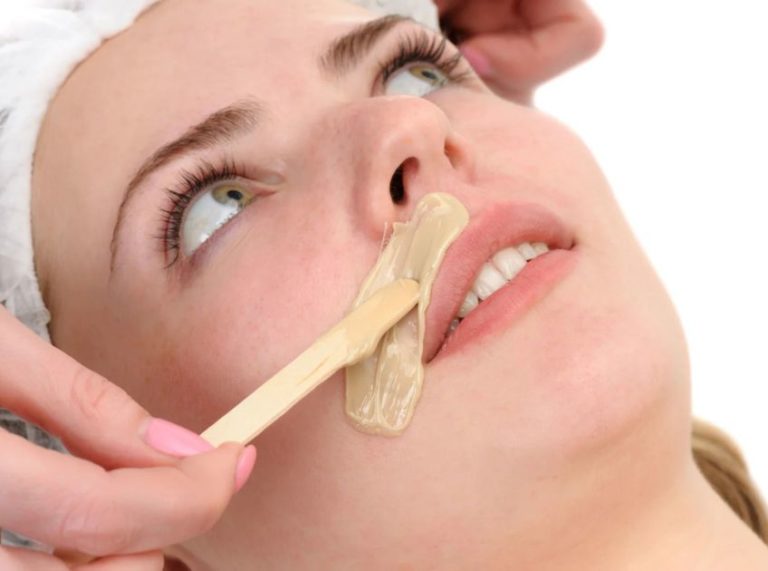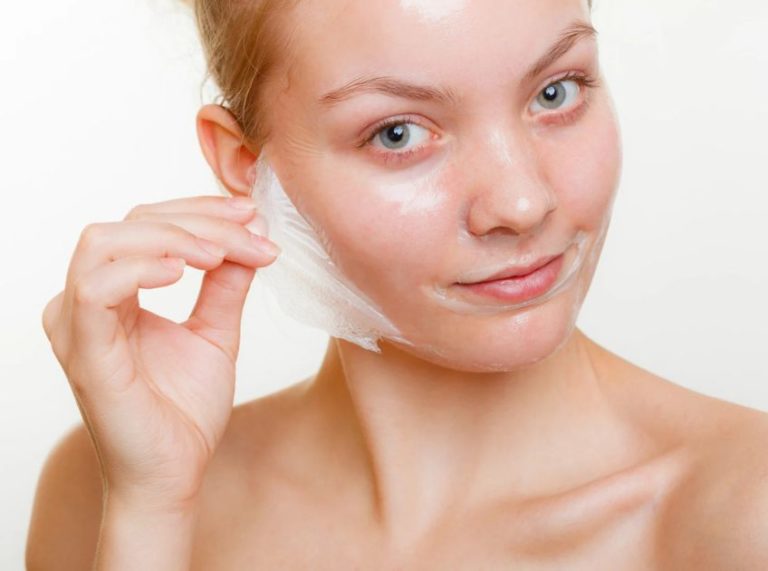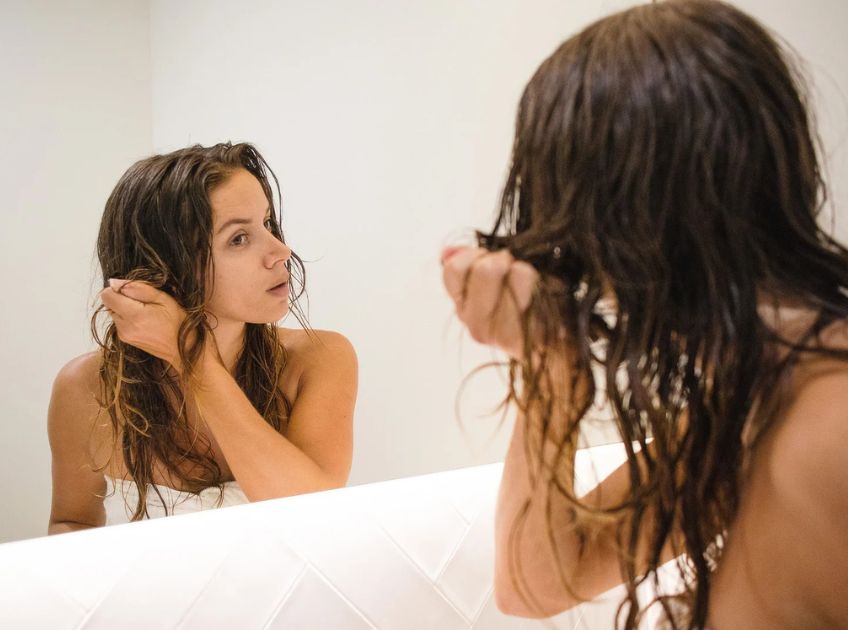
Important: This article is for informational purposes only. Please read our full disclaimer for more details.
If you’ve been styling your hair only when it’s wet or bone dry, you might be missing the magic middle ground — damp hair. This in-between state is perfect for achieving long-lasting styles, reducing frizz, and even protecting your strands from unnecessary heat damage. In this article, we’ll uncover surprising damp hair hacks, expert dos and don’ts, and the science behind why this hair stage is so important for your hair’s health.
What is “Damp Hair”?
Damp hair is that halfway stage between wet and dry — when your hair feels cool to the touch and slightly moist, but not dripping. This is typically when hair retains around 60–70% moisture. It’s an ideal time for applying certain products, braiding for heatless waves, or prepping for a blow-dry because the strands are more flexible yet not overly fragile.
Damp vs. Wet Hair: Why the Difference Matters
- Wet Hair: Saturated, heavy, and most vulnerable to breakage because the cuticle is fully swollen.
- Damp Hair: Lighter, partially dry, and more elastic, making it safer for gentle styling.
💡 Science Insight: According to a study in the International Journal of Trichology, hair’s tensile strength is lowest when fully wet, which is why damp hair is less prone to snapping compared to dripping-wet strands (1).
Your Scalp Loves Damp Hair (Sometimes)
Damp hair can be beneficial for the scalp when used strategically — for example, applying scalp serums or massaging treatments is more effective when hair is slightly moist, as the follicles are more receptive. However, keeping the scalp damp for too long can create a breeding ground for fungal overgrowth and dandruff.
5 Things You Should Never Do to Damp Hair (and Why)
When your hair is damp, it’s at a delicate stage — flexible enough to style but still vulnerable to breakage and damage. Here are the top mistakes you need to avoid:
1. Brushing Too Aggressively
Why it’s harmful
When hair is damp, the cuticle (the outer layer) is slightly lifted, making strands more prone to stretching and snapping. Brushing aggressively at this stage can cause split ends, mid-shaft breakage, and unnecessary frizz.
Better approach
- Use a wide-tooth comb or a detangling brush designed for wet hair.
- Start detangling from the tips and work your way up to the roots.
- Apply a leave-in conditioner or detangling spray first for smoother gliding.
Reference: A study in the Journal of Cosmetic Science confirms that hair elasticity decreases when wet, meaning forceful brushing can cause irreversible cuticle damage (2).
2. Tying Hair in Tight Hairstyles
Why it’s harmful
A tight ponytail, bun, or braid on damp hair increases traction alopecia risk — gradual hair loss caused by constant pulling. Damp hair is softer and more elastic, so it stretches under tension but weakens in the process.
Better approach
- If you must tie it, opt for a loose braid or ponytail using a silk or satin scrunchie.
- Allow hair to air-dry at least 70% before doing any high-tension style.
💡 Expert Tip: Dermatologists warn that repeatedly tying damp hair tightly can damage the hair follicle over time, leading to thinning around the hairline (3).
3. Sleeping with Damp Hair
Why it’s harmful
Sleeping on damp hair creates friction between your hair and pillow, causing tangles, frizz, and breakage. The moisture trapped in your scalp also makes it easier for fungi and bacteria to thrive, increasing the risk of dandruff or folliculitis.
Better approach
- Dry hair at least 80–90% before bed.
- If you style damp hair overnight for waves, use a silk pillowcase or wrap your hair in a silk scarf to reduce friction.
💡 Expert Tip: A 2020 scalp microbiome study shows that excessive moisture retention overnight can disturb the natural balance of scalp bacteria, leading to itchiness and irritation (4).
4. Skipping Heat Protectant Before Blow-Drying
Why it’s harmful
Damp hair is more porous, so it absorbs heat faster, increasing the risk of heat-induced cuticle cracking. Without protection, blow-dryers can strip away moisture and damage the keratin structure.
Better approach
- Always apply a heat protectant spray or serum before blow-drying.
- Keep your blow-dryer at a medium temperature and maintain at least a 6-inch distance from your scalp.
💡 Expert Tip: Studies in the International Journal of Trichology show that heat-protectant products can reduce cuticle damage by up to 50% when used consistently (5).
5. Applying Heavy Oils Immediately
Why it’s harmful
While oils nourish hair, applying them to damp hair can trap moisture inside the shaft, slowing the drying process and creating a musty smell. This trapped water can also cause the hair cortex to swell repeatedly, weakening the strand over time.
Better approach
- Wait until your hair is at least 80% dry before applying heavy oils like coconut or castor oil.
- If you want to lock in moisture on damp hair, choose a lightweight leave-in serum instead.
💡 Expert Tip: Trichologists recommend the LOC method (Liquid, Oil, Cream) for sealing moisture, but oils should be the second step only if your hair is already partially dry.
Why Stylists Love Working with Damp Hair
Professional hairstylists often recommend starting a blow-dry or styling session when hair is damp because:
- It cuts down heat exposure (less time under the dryer).
- Products like mousse and leave-in conditioners spread more evenly on damp strands.
- Damp hair is easier to mold and shape without creating frizz.
Precautions to Keep Your Damp Hair Healthy
Damp hair is in its most malleable yet vulnerable state. Treat it gently, and you’ll be rewarded with smoother, stronger strands. Here’s how to protect it from unnecessary damage:
1. Use the Right Towel
Skip rough cotton towels that create friction and frizz. Instead, opt for a microfiber towel or a soft cotton T-shirt. These fabrics absorb excess water without snagging the cuticle layer.
Tip: Gently blot or squeeze your hair — never rub — to prevent mechanical breakage.
2. Detangle with Care
When your hair is damp, detangle it in sections using a wide-tooth comb or a wet brush. Start from the ends and work upward to avoid snapping strands.
Tip: A leave-in conditioner or detangling spray can reduce combing force by up to 40%, according to cosmetic science studies.
3. Avoid Direct Sunlight & Wind
UV rays can weaken damp hair’s protein bonds, while wind tangles it and causes cuticle lifting. If you need to step out, loosely braid your hair or wear a hat/scarf.
4. Apply the Right Products at the Right Time
If you’re using serums, mousses, or curl creams, apply them while your hair is evenly damp (around 60–70% dry) so they distribute better. Avoid heavy oils until it’s almost dry, to prevent moisture trapping.
5. Minimize Heat Exposure
High heat on damp hair can cause bubble hair syndrome — tiny air pockets inside the strand that weaken it. If you must blow-dry, use a medium temperature, a diffuser attachment, and a heat protectant.
6. Keep Your Scalp in Mind
Damp conditions are ideal for microbial growth. Ensure proper airflow while air-drying to prevent scalp irritation or dandruff flare-ups.
Can You Apply Bleach to Damp Hair?
Yes, bleaching on damp hair is a salon-approved technique — but it’s not for everyone. Damp hair allows for faster bleach penetration, which can give softer, more natural results. However, it can also increase the risk of uneven processing if not done correctly.
💡 Expert Note: Hair cuticles are slightly open when damp, making them more porous and receptive to bleach. But over-processing at this stage can lead to significant damage, so professional application is recommended.
Frequently Asked Questions (FAQ’S)
Q1. How long should I keep my hair damp before styling?
A. Ideally, style your hair when it’s 60–80% dry — this ensures flexibility without excessive fragility.
Q2. Is air-drying better than blow-drying damp hair?
A. Air-drying is gentler, but partial blow-drying on low heat can help reduce frizz and speed up drying.
Q3. Can I sleep with my hair damp if I braid it?
A. Yes, but use a silk pillowcase and make sure the braid is loose to avoid breakage and scalp tension.
Damp hair is more than just a stage between wet and dry — it’s a styling sweet spot that can give you better results with less damage when treated right. By avoiding common mistakes and applying the right techniques, you can make the most of this often-overlooked hair moment for healthier, shinier, and more manageable locks.
